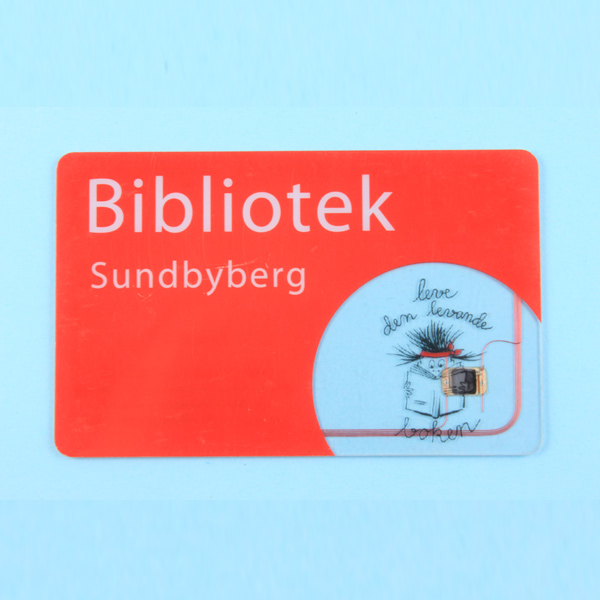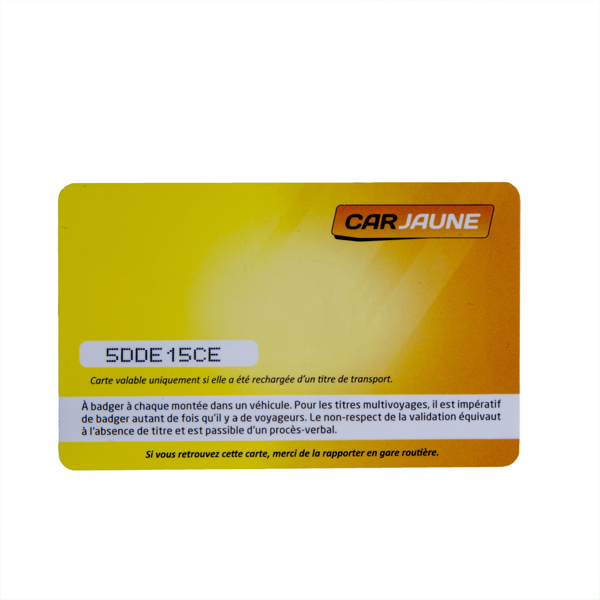Some people say that the biggest advantage of a RFID tag is that they provide absolute "one item, one code", which provides irrefutable proof for the anti-counterfeiting and traceability of the retail and logistics industries.
1. The greatest value of the RFID tag
For this view, "one item, one code" may be a great underestimation and contempt for the RFID tag. Two-dimensional code, bar code, which one is not one code? There are actually three biggest values of the RFID tag at the retail and logistics ends: one is the storage and classification of the amount of information, one is the release of restrictions on reading, and another is the indelible existence of it.
2. The storage classification of the RFID tag
Before explaining the storage classification, we need to add a premise. Under the rules of the V109 version of the Class1 Gen2 (G2) protocol, the RFID label generally has 4 internal information storage spaces, which are four independent storage blocks: Reserved (reserved), EPC (Electronic product code), TID (tag identification number) and User.
Among them, Reserved is a storage block that stores Kill Password and Access Password. Generally, the authority will not be released for any party to read. The ones that really play a role are EPC, TID, and USER.
TID with the official name the storage tag identification number can be called a more representative name "Global Unique Code". It is this code that provides the only proof of the existence of the RFID tag. It cannot be written or modified after it leaves the factory. If this label is unique, the product to which it is attached must also be unique. This is the principle of anti-counterfeiting.
The role of EPC is to provide factory information or original information that can be written by the manufacturer. In principle, EPC can only be written by the manufacturer, and it follows a recording rule, which is determined by the manufacturer itself, so this provides an absolute technical basis for the original product information record.
Looking at User again, User is a more flexible user-defined number, which provides the possibility to retain the write permission after the product leaves the factory. For manufacturers, because some products involve transportation, or the confidentiality of product information, it needs more characters to carry the data information of the product. The storage capacity of EPC is limited and cannot be changed later, so they will need the User number. It should be noted that not all RFID tags have User storage capacity.
Simply put, each RFID tag has 4 storage blocks, but according to the type and function of the RFID tag, the User storage capacity of some tags is 0, which means that data cannot be written.
 RFID Technology Helps the Beauty Retail Industry Set Off a New Tide
RFID Technology Helps the Beauty Retail Industry Set Off a New Tide RFID Contactless Technology Enables Safer, More Efficient Supply Chain
RFID Contactless Technology Enables Safer, More Efficient Supply Chain Applications of RFID Technology in The Breeding Industry
Applications of RFID Technology in The Breeding Industry The RFID Technology Will Become a Catalyst for the Smart Traffic Management
The RFID Technology Will Become a Catalyst for the Smart Traffic Management What are the Classifications of RFID cards?
What are the Classifications of RFID cards? What Do IC Card Manufacturers Tell You to Pay Attention to When Using Membership Cards?
What Do IC Card Manufacturers Tell You to Pay Attention to When Using Membership Cards?



